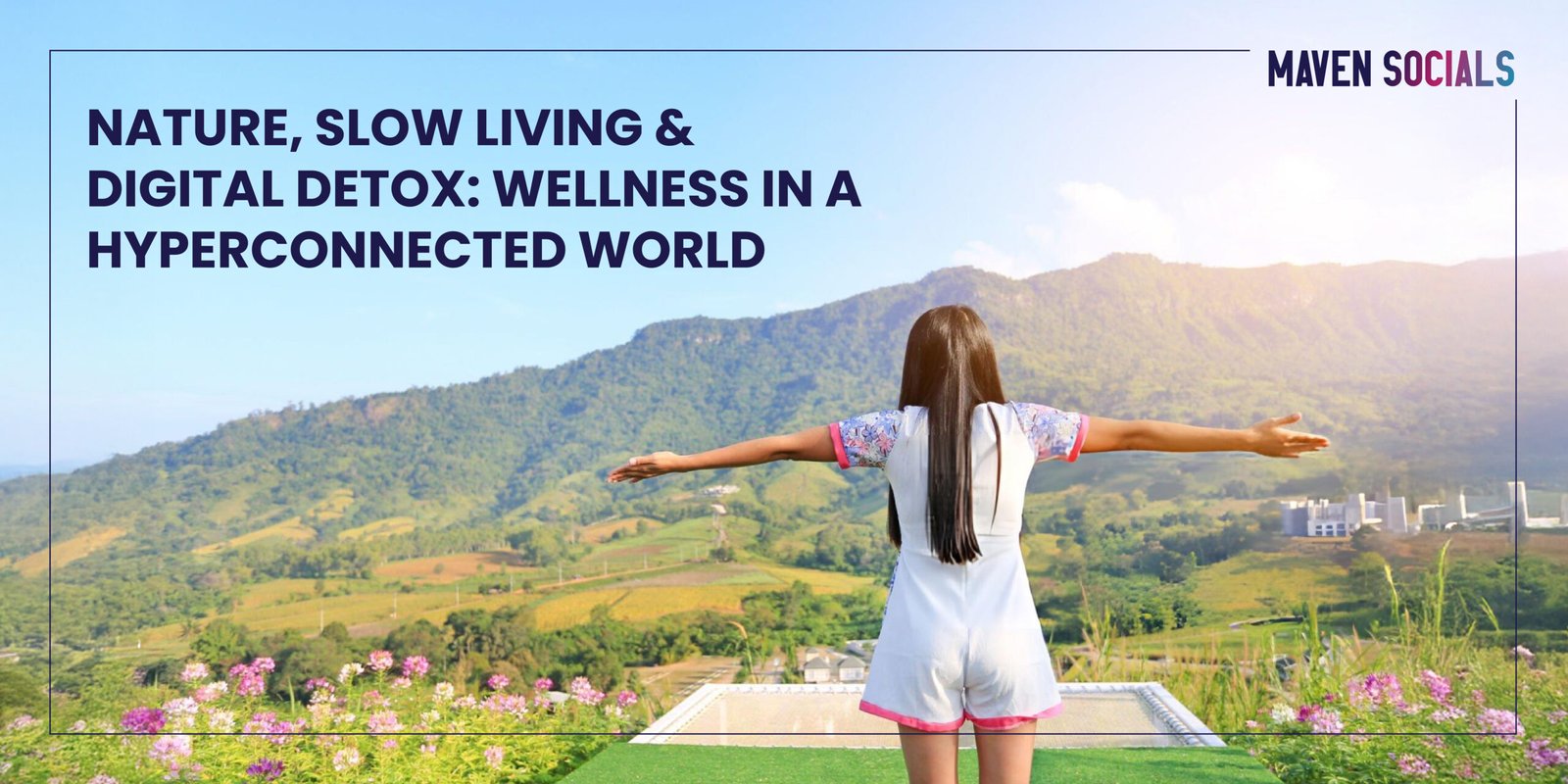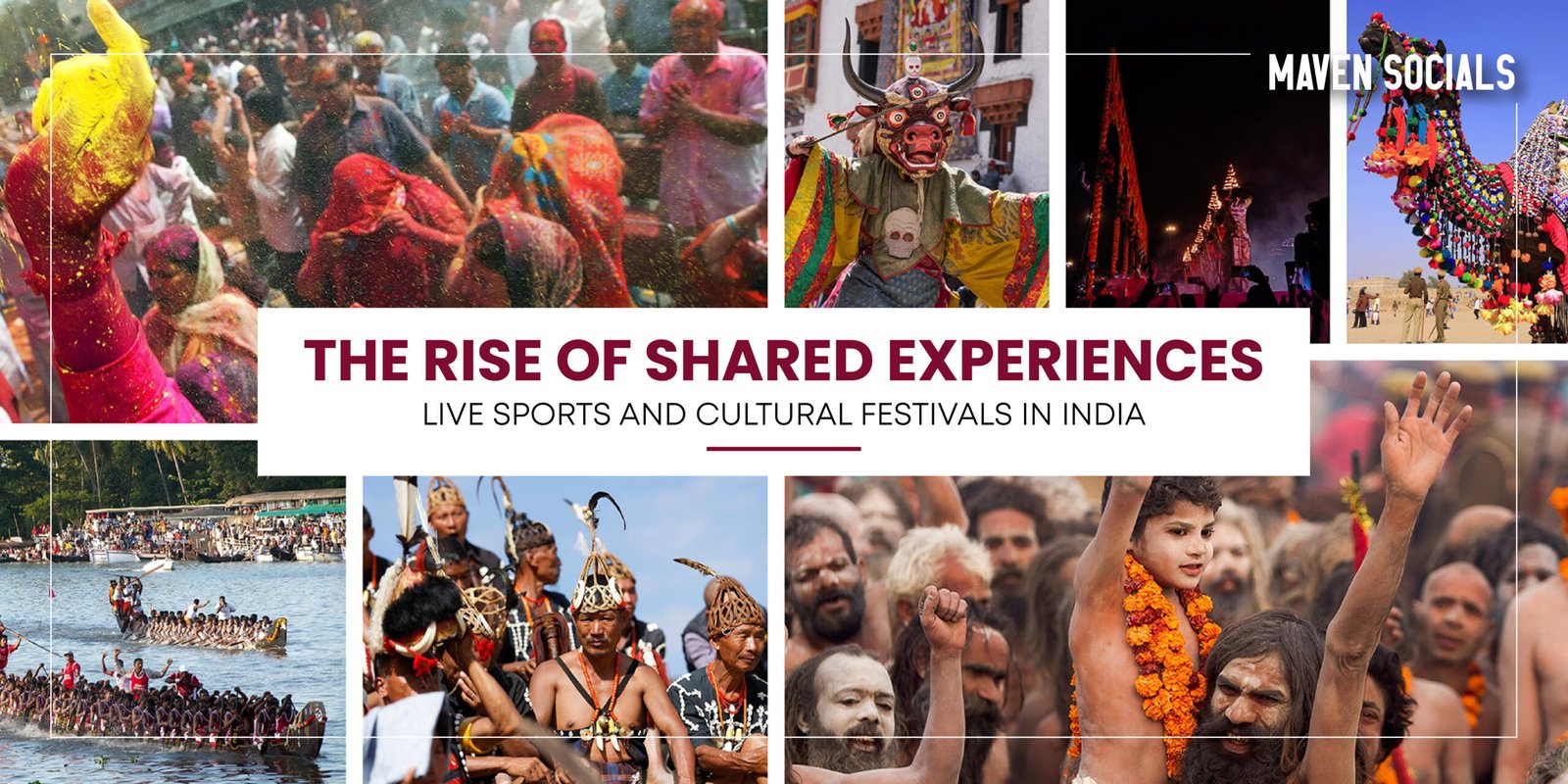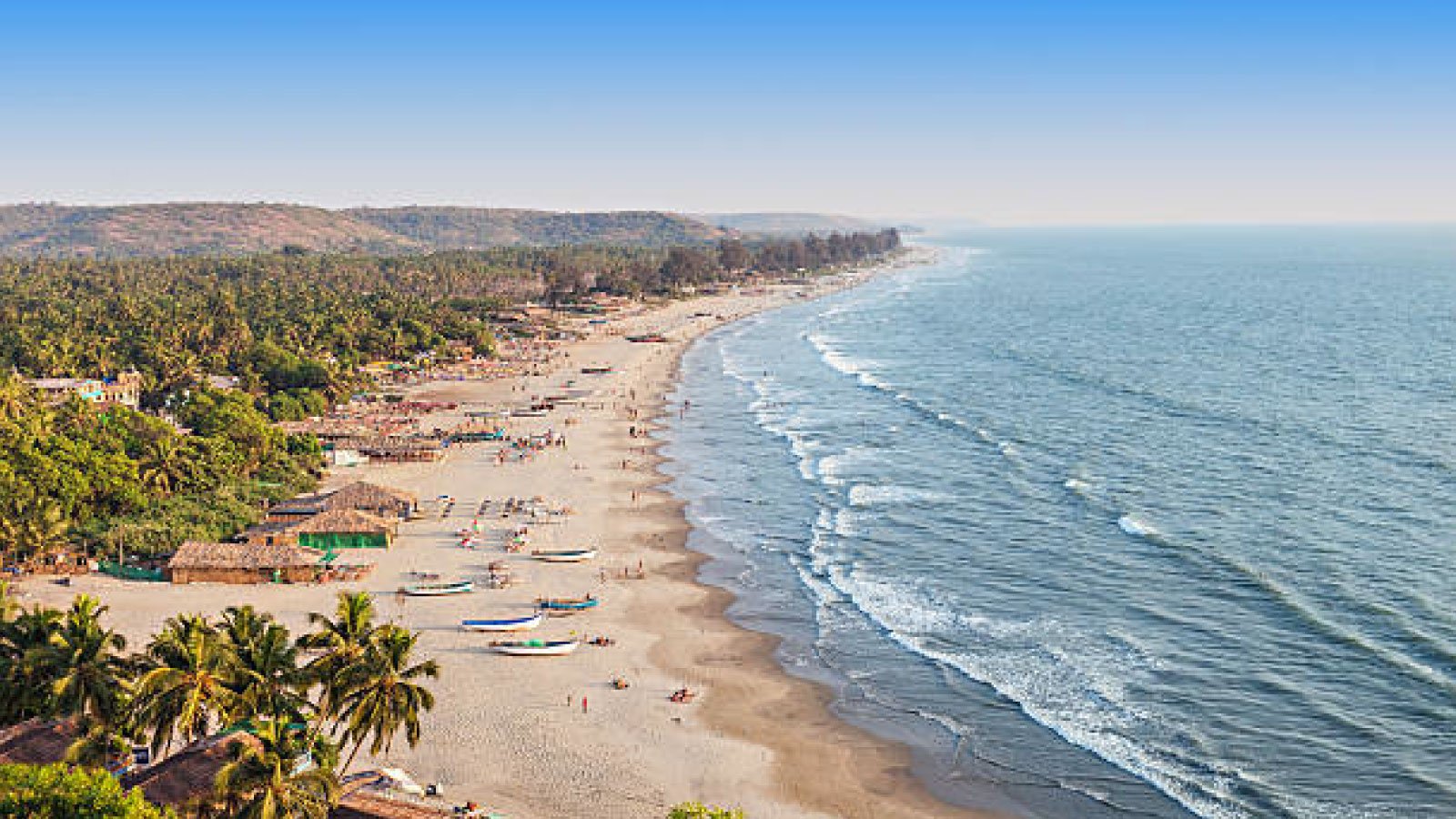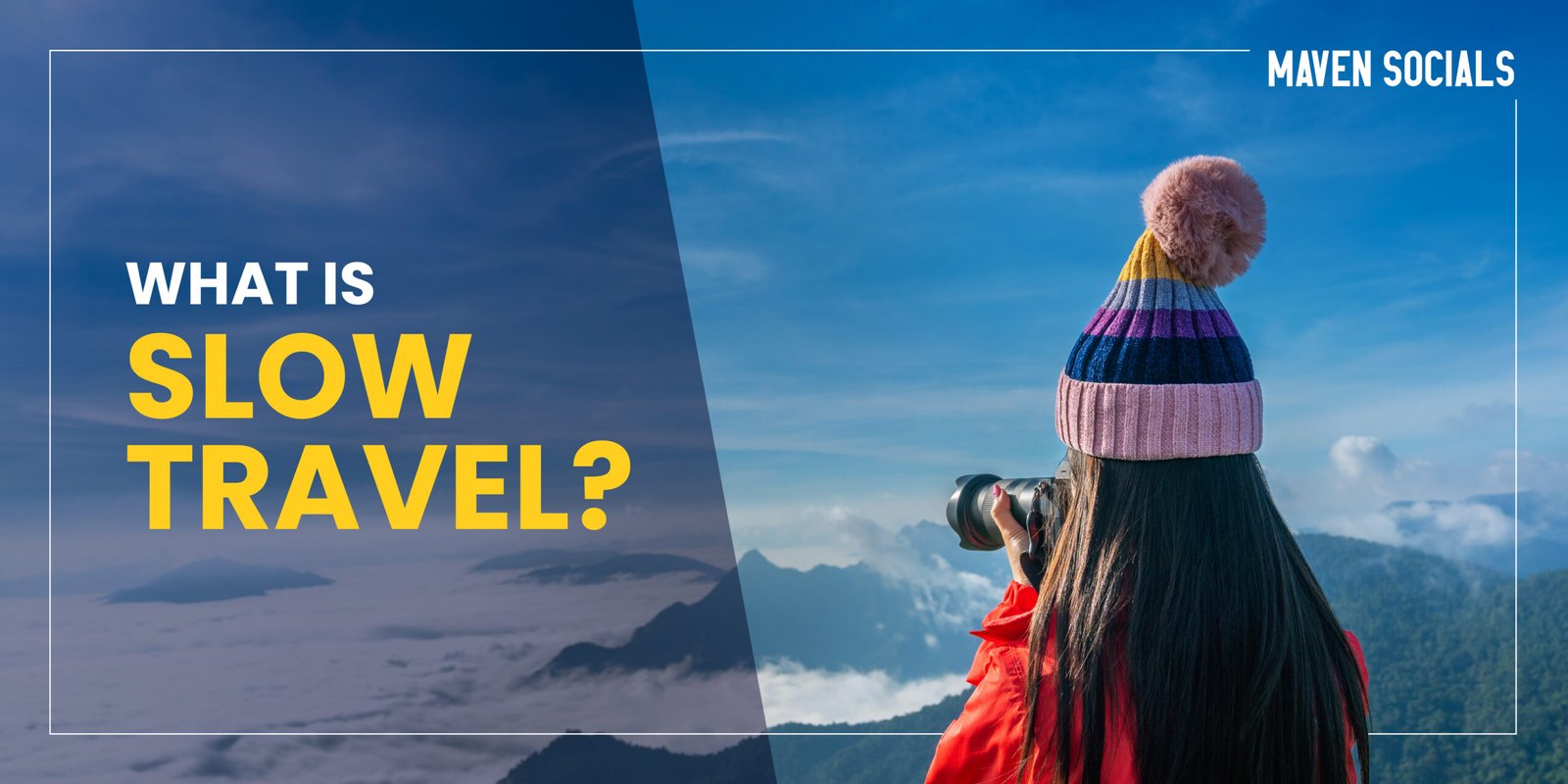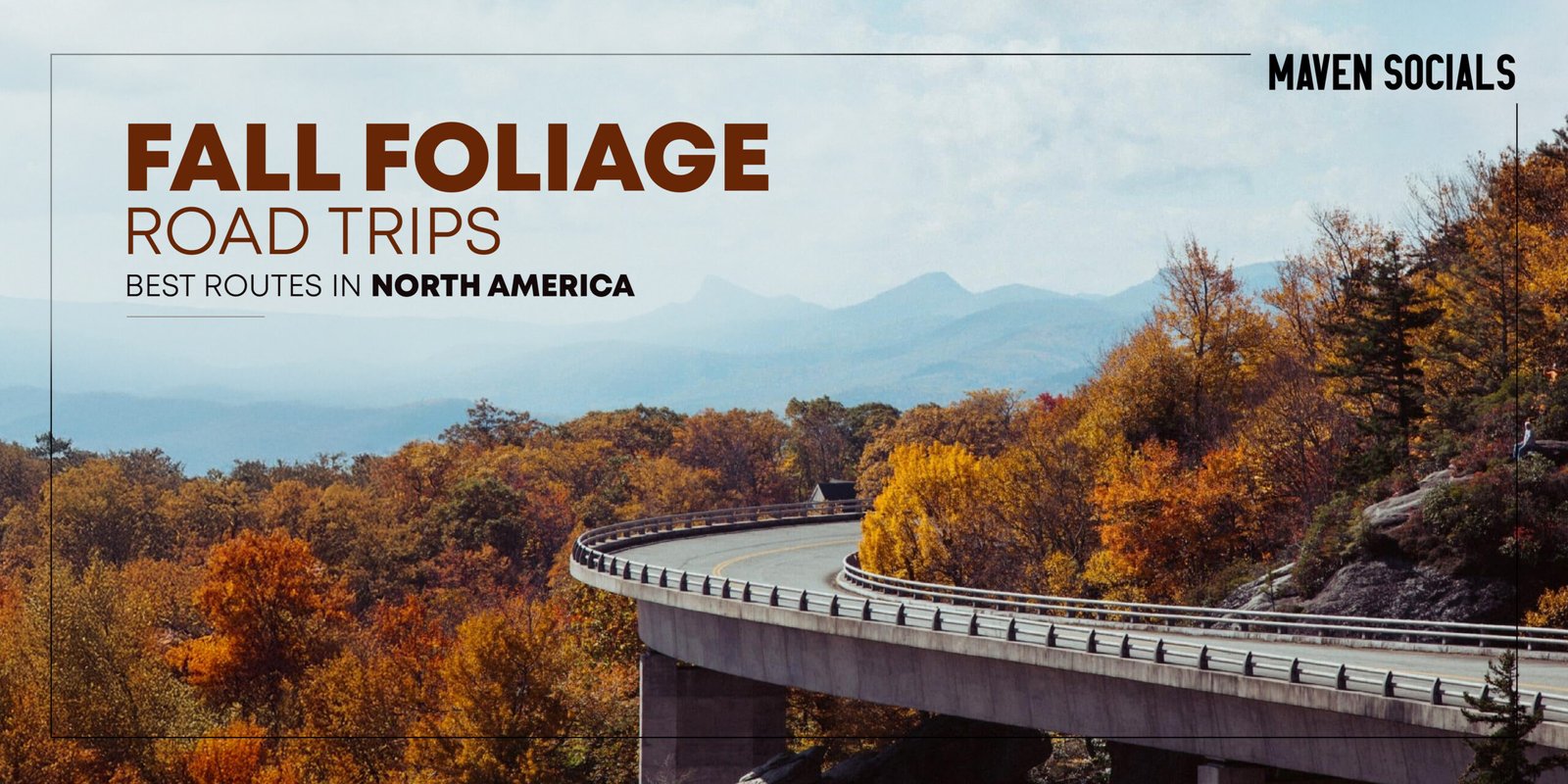An immersive experience awaits in Ladakh, where each day unveils a new chapter in the tale of this enchanting region. From the ancient charm of Leh to the breathtaking beauty of Pangong Lake, this itinerary captures Ladakh’s essence in a week, exploring high passes, ancient monasteries, and cultural gems.
Day 1: Leh’s Charm and Acclimatisation
Leh Arrival: Your Ladakh adventure begins in the heart of the region – Leh. Arrive and check into your accommodation, allowing yourself time to adjust to the high altitude.
Acclimatisation: Due to Leh’s elevation of approximately 11,500 feet (3,505 meters), acclimatisation is crucial. Spend the day leisurely exploring Leh’s market, immersing yourself in its cultural richness, and indulging in local cuisine.
Shanti Stupa: As the day winds down, visit the iconic Shanti Stupa. Enjoy the sights of the town and surrounding mountains as the evening sun casts a warm glow.
Leh Palace: Conclude the day with a visit to Leh Palace, an architectural marvel that testifies to Ladakh’s royal history. Wander through its ancient corridors and courtyards, capturing glimpses of the region’s regal past.
Day 2: Sham Valley’s Wonders

Magnetic Hill: Embark on a road trip to the mysterious Magnetic Hill, where the optical illusion makes it appear like vehicles defy gravity. Stop and experience the peculiar sensation of your car rolling uphill.
Sangam Point: Continue the journey to Sangam Point, the confluence of the Zanskar and Indus Rivers. The contrasting colors of the rivers merging amidst rugged landscapes create a captivating sight.
Likir Monastery: Visit Likir Monastery, an ancient Buddhist institution with a rich history. Explore its vibrant murals, serene courtyards, and the towering statue of Maitreya Buddha.
Alchi Monastery: Conclude the day with a visit to Alchi Monastery, known for its unique Kashmiri-influenced architecture and ancient Buddhist artwork. Marvel at the intricate murals that adorn the monastery’s walls.
Day 3: Nubra Valley’s High-Pass Adventure

Khardung La: Set out on an adventurous journey to Khardung La, one of the world’s highest motorable passes, approximately 18,380 feet (5,602 meters). Take in the panoramic views of the surrounding peaks.
Nubra Valley: Describe the mesmerizing Nubra Valley, known for its stark landscapes and sweeping dunes. Check the accommodation and spend the afternoon exploring the valley’s unique beauty.
Diskit Monastery: Visit Diskit Monastery, perched on a hill overlooking the Nubra Valley. Explore its ancient prayer halls, murals, and the iconic statue of Maitreya Buddha.
Hundar Sand Dunes: Experience the surreal landscape of Hundar Sand Dunes, where double-humped Bactrian camels roam freely. As the sun sets, enjoy a camel safari amidst the dunes.
Day 4: Turtuk Village’s Unique Culture
Journey to Turtuk: Embark on a scenic drive to Turtuk, the last Indian village before the Indo-Pakistan border. The journey takes you through breathtaking landscapes, providing insights into Ladakh’s remote charm.
Cultural Exploration: Spend the day immersed in Turtuk’s unique culture. Engage with the Balti community, which is known for its warm hospitality. Explore the village’s narrow lanes, ancient structures, and vibrant orchards.
Royal House of Yabgo: Visit the Royal House of Yabgo, an ancient palace that glimpses Turtuk’s royal history. Admire the architecture and panoramic views of the surrounding mountains.
Local Cuisine: Indulge in local Balti cuisine, savoring dishes that showcase the region’s culinary diversity. Engage in conversations with locals, gaining insights into their traditions and way of life.
Day 5: Pangong Lake’s Cinematic Beauty

Pangong Lake: Embark on a picturesque journey to Pangong Lake, a high-altitude saltwater lake renowned for its cinematic beauty. The lake, at an elevation of around 14,270 feet (4,350 meters), reflects ever-changing hues of blue and turquoise.
Lakeside Exploration: Check into a campsite by the lakeside and spend the day exploring the area. The vast expanse of Pangong, surrounded by rugged mountains, offers numerous photo opportunities.
Boat Ride: Take a serene boat ride on Pangong Lake, allowing the tranquility of the surroundings to envelop you. Marvel at the reflection of the surrounding peaks on the crystal-clear waters.
Stargazing: As night falls, indulge in stargazing by the lakeside. The high-altitude location and minimal light pollution create an ideal setting for observing the night sky’s celestial wonders.
Day 6: Return via Chang La and Thiksey Monastery
Chang La: Embark on the return journey to Leh, passing through the formidable Chang La, the third-highest motorable pass in the world. Stop to appreciate the breathtaking views of the snow-capped peaks.
Thiksey Monastery: Visit Thiksey Monastery, a prominent Buddhist site resembling the Potala Palace in Lhasa, Tibet. Explore the monastery’s various chambers, including the Maitreya Temple, which has a colossal statue of the Future Buddha.
Shey Palace: Explore Shey Palace, once the summer retreat of Ladakh’s royal family. Admire the palace’s architecture, including the 12-meter Shakyamuni Buddha statue that graces the complex.
Ladakhi Farewell: Spend the evening in Leh, reflecting on the week’s adventures. Enjoy a farewell dinner featuring Ladakhi specialties and cultural performances, bidding farewell to the region that has left an indelible mark.
Day 7: Farewell to Leh

Leisurely Morning: Savor a leisurely morning in Leh, perhaps revisiting favorite spots or exploring local markets for souvenirs. Reflect on the week’s experiences and the memories created.
Departure: Bid farewell to Leh with a heart full of memories and a deeper appreciation for Ladakh’s unique charm. Depart for your onward journey, carrying the spirit of the Land of High Passes with you.
Reflections on Wanderlust
A weeklong adventure in Ladakh unfolds a tapestry of experiences, from the ancient allure of Leh to the cinematic beauty of Pangong Lake. This itinerary offers a balanced mix of cultural exploration, high-pass adventures, and moments of serenity amidst Ladakh’s rugged landscapes. As you bid farewell to this Himalayan wonderland, may the memories of Ladakh’s beauty and hospitality linger, inspiring future adventures and a deep connection to the Land of High Passes.


